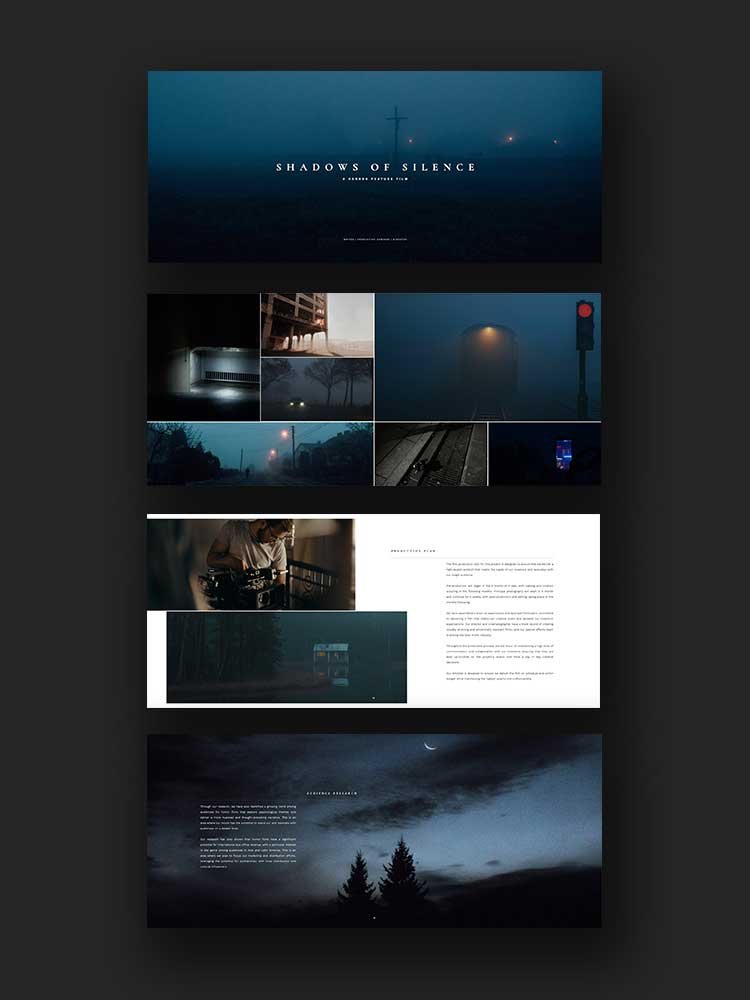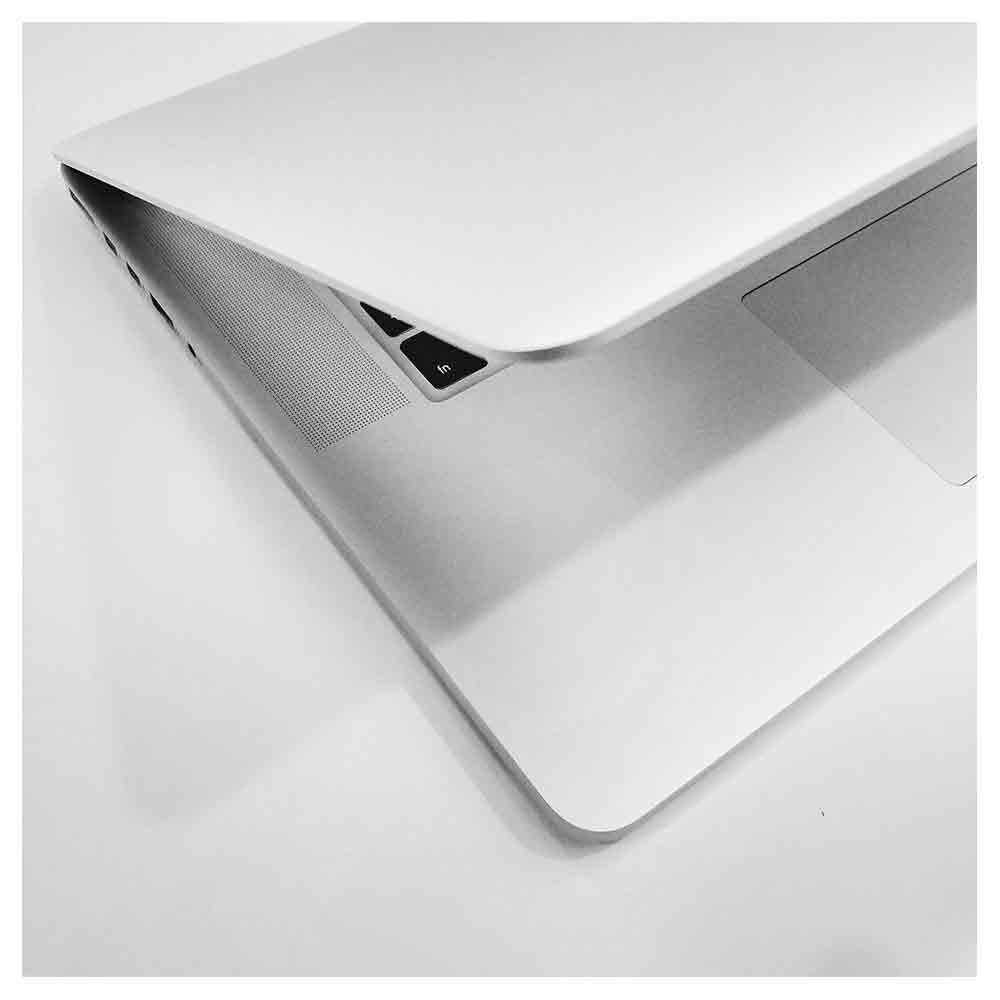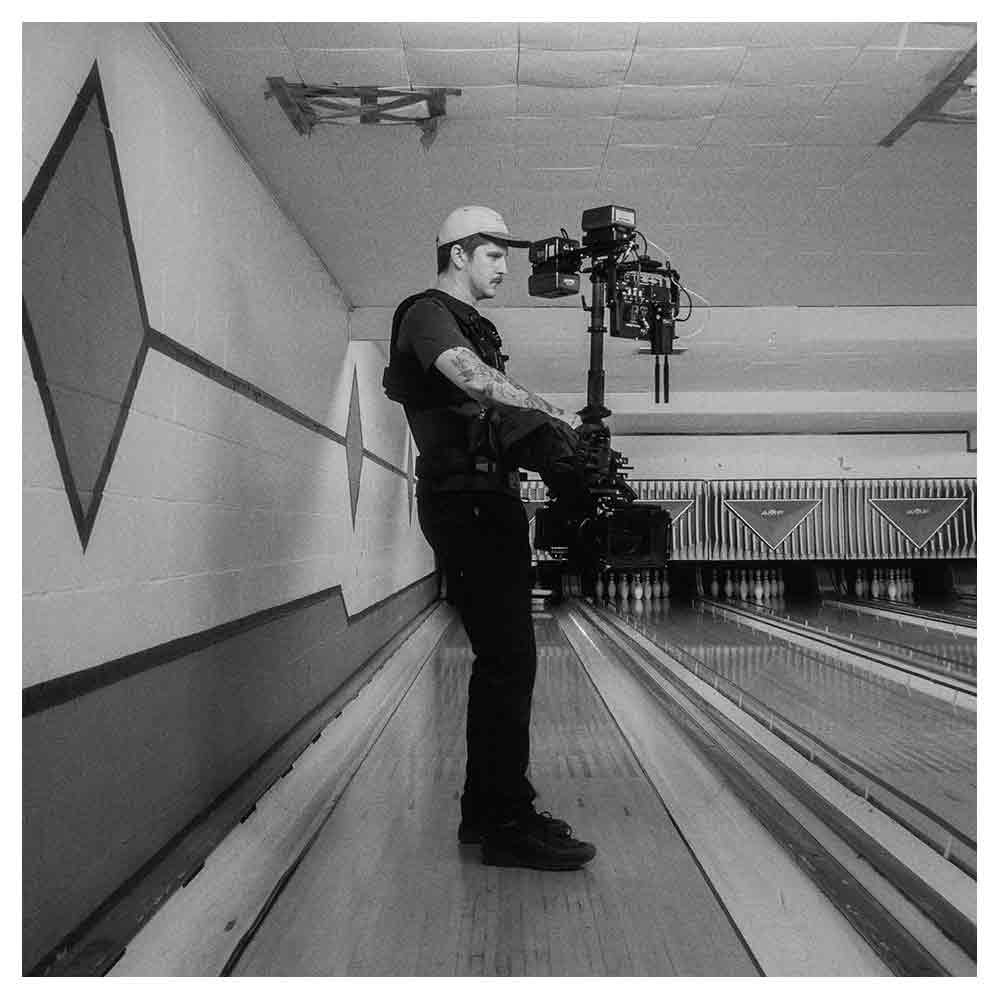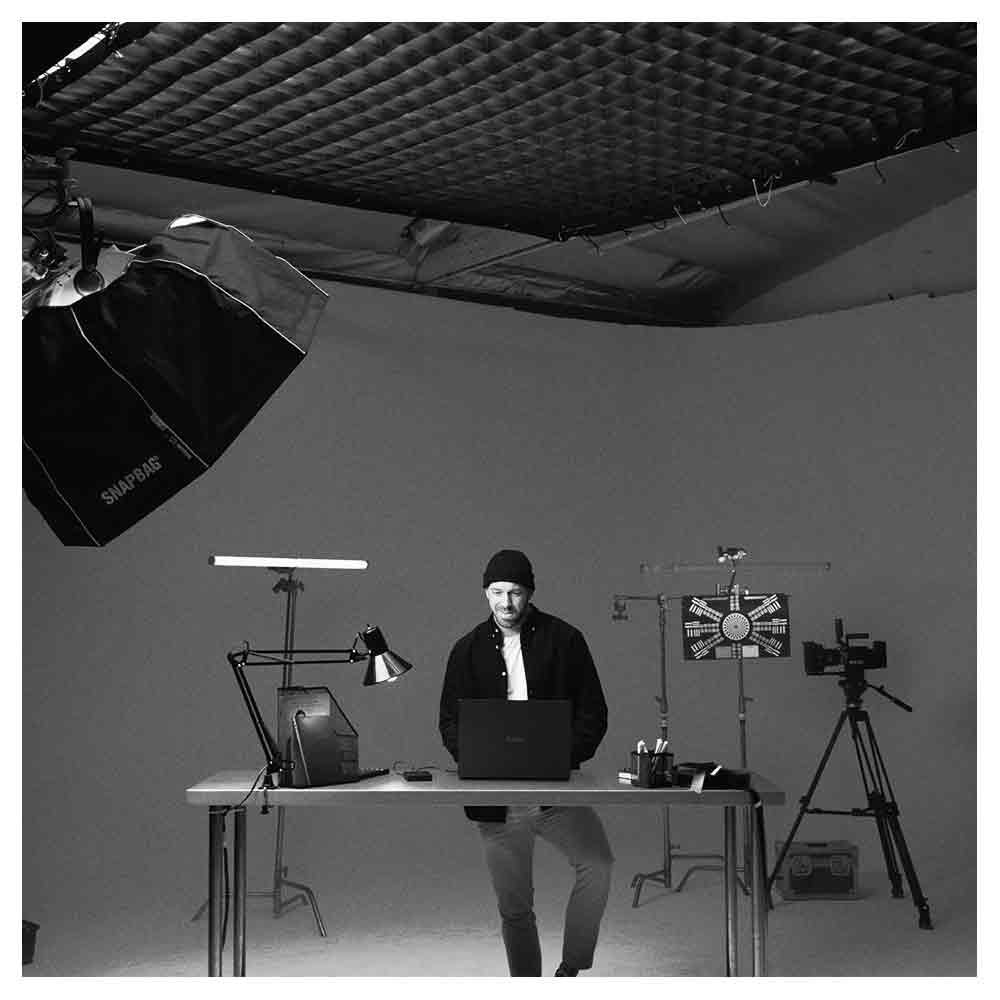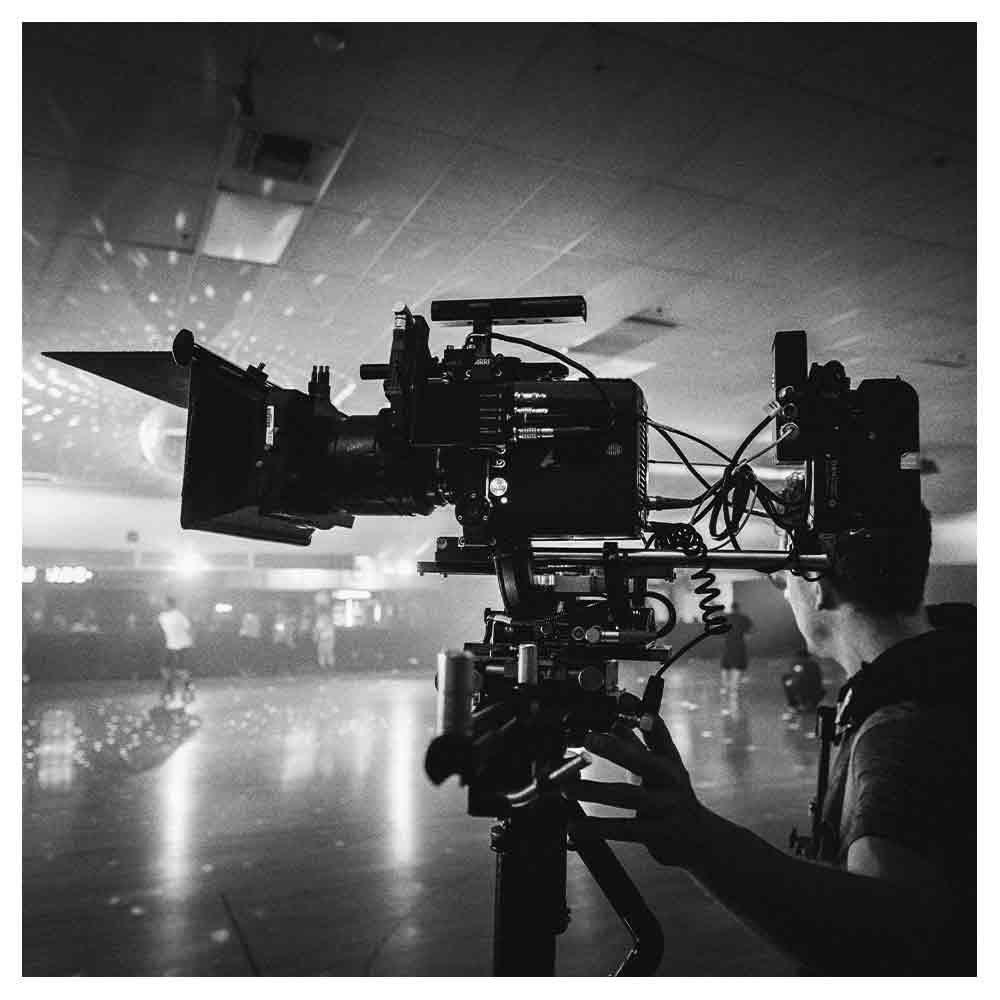What Is A Film Treatment?
Behind every film and tv show lies a carefully crafted script, brought to life by the vision of its creator. But before a full-length screenplay is born, there is often a film treatment—the first document in the movie’s development process that visualizes the script on the page by outlining the story idea, crucial plot points, and main characters that will drive the project forward.
In this blog, I wanted to delve into film treatments and provide a film treatment guide to help you write a treatment and go from concept to screen.
Table of contents:
What is a film treatment?
The film industry utilizes a written document known as a film treatment, which outlines a movie or television show's story, characters, and structure before turning it into an entire script.
Typically written by a writer, director, or someone within a production company, a treatment is created in the present tense.
A film treatment aims to convey a movie's vision, genre, and story to potential producers, investors, studio executives, or filmmakers in the simplest, barebone format.
Furthermore, it serves as a guide for developing the screenplay, enabling filmmakers, screenwriters, producers, and other stakeholders to envision the movie's potential before production, which can ultimately save valuable resources such as time and money further down the line.
In business terms, film treatments are a synonym for a minimal viable product (MVP)—the most simple version of a new product is used at the start of a creative process to hash out ideas, find loose ends, and discover if there is a market interest before fully committing to developing the idea into a screenplay format.
Therefore, treatments don’t include many visuals, a big title page, or other visual fluff.
Why are film treatments important?
Film treatments play a significant role in the movie-making process. Here are some reasons why they are important:
Story Development
If you have an idea for a film but don’t know where to start, film treatments can help you build a comprehensive outline of the story, characters, and narrative arc, making it easier to refine ideas and create a first draft in the screenwriting process. They help to identify plot holes, refine the story, and give filmmakers a clear understanding of the movie's direction.
Pitch Presentation
Film treatments are also used to pitch a movie to investors, producers, and other stakeholders without having a full-fledged script. As a condensed version of the full story or screenplay, a great film treatment makes it easier for stakeholders to understand the story and invest in the project.
Budgeting and Planning
Film treatments contain valuable information on the movie genre, locations, characters, and special effects required to bring the story to life. This information is crucial in the budgeting and planning stages of the filmmaking process to determine the project's feasibility.
Collaboration
Film treatments facilitate collaboration between different departments and stakeholders to work together on the movie's story and production. They provide a shared vision of the movie and encourage cooperation among writers, directors, producers, and other key stakeholders.
Story Refinement
Film treatments are often the first step in the writing process and help screenwriters refine their story and characters before writing the screenplay. This saves time and effort, avoiding major changes and revisions later in production.
How to write a film treatment?
Funny enough, there are no hard or set-in-stone rules for how to write a film treatment. There are more conventions, best practices, and self-made standards that most screenwriters, directors, and tv show creators use as a foundation to incorporate the basic story structure elements and help to play the movie reel in the reader's mind.
I suggest you start writing and use them as an inspiration, play with them, explore ideas, and make them your own.
Start with a Captivating Title.
Every screenplay treatment starts with a head-turning title. This will be the first thing people will see or hear about your project, so it’s a marketing tool. If you need help finding a good movie title, you can find a list of more than 500+ movie title ideas to steal from here.
Once you’ve found a title and want to make sure it’s original, you can type it into the search bar of Google or IMDb.
Use a gripping logline.
A logline is a one-sentence summary of the story that captures its essence, format, and genre that needs to grab people’s attention instantly.
If you need some extra inspiration for creating a captivating logline, these blogs might help you get started:
Write a brief summary of each act.
Next, write a brief summary of each act and critical plot points. This should include a description of the story's beginning (act 1), middle (act 2), and end (act 3) and any significant events or turning points.
The goal is to tell the story in the simplest form possible and keep the reader reading until the end (so leave out things that are unclear and unnecessarily detailed).
You can also include a summary of the opening sequence to hook the audience and a summary of the final sequence to describe the final lingering emotion evoked at the end. Is it a full circle, or does it deliver a clue for a potential sequel?
Develop Strong Character Descriptions
Next, include a key character summary and their character backstory. Your film's main characters are the motor of your story and should be relatable and memorable to drive the story forward.
You should include character names, backstories, and how the characters relate to each other. I know firsthand that developing a great main character can be tough.
That’s why I’ve compiled a list of character ideas for you to steal from.
Use vivid descriptions.
In a film treatment, you're limited to using words to paint a picture in the reader's mind. To do that, use vivid and descriptive language to bring your story to life and use details to help the reader see and feel what's happening on the screen.
Aim for writing in a third-person format rather than to be poetic and descriptive. You can include dialogue, shots, camera movement, music, or even break the fourth wall. If it helps convey the story you want to tell, go for it!
Be concise and to the point.
The whole purpose of a film treatment is to spark interest in your project. You don’t do that with loads of text and overly descriptive paragraphs for a detailed synopsis.
Film treatments should be concise and to the point. They should not be too long or detailed, as this can make them difficult to read.
Protect the readability.
Nobody wants to read a document if they have to invest too much effort. Therefore, try to use scene headings, subheadings, and bullet points to break up the text and make it easier to scan and read your document.
You’re not writing a novel or formal piece of text. You can use short sentences, white space, and all sorts of textual tricks to enhance the design and help create images in the reader’s mind.
Include Contact details.
At the end of the day, a film script treatment is a marketing tool to spark interest in your project and make people want to read the full script.
To get to that stage, you want people to contact you as easily as possible, so include your contact details on every page.
Make sure you don’t misspell them. Otherwise, all your hard work will be for nothing!
What to avoid in a film treatment?
As a writer of film treatments, it is important to avoid common mistakes that can detract from the story you are trying to tell. Here are some key things to keep in mind:
Cliches
Overused storytelling devices can make your narrative feel unoriginal and uninspired. Avoid tired tropes and instead strive for fresh, unique ideas.
Lack of structure
Your story should have a clear beginning, middle, and end that takes the audience on a journey. It's essential to map out your story's structure before you begin writing.
One-dimensional characters
Creating complex and realistic characters rather than purely good or evil is essential. Give your characters flaws and complexities that make them feel like real people.
Lack of character motivation and goals
The best stories are driven by characters who pursue their goals with clear motivation. Make sure your characters have clear goals that drive the narrative forward.
No stakes for the main character
Your story may lack tension and excitement if the protagonist doesn't have something to lose. Ensure that the consequences of failure are significant and realistic.
Lack of conflict
Conflict drives the story forward and keeps the audience engaged. It's essential to introduce a variety of internal and external conflicts for your characters.
Time pressure
Adding urgency to your story can be compelling, but be careful not to rely too heavily on time pressure. Overusing this device can feel contrived and exhausting for the audience.
Too much stylistic detail
While descriptive details can help bring a story to life, avoid getting bogged down in overly detailed descriptions. Remember that a treatment is meant to sell the idea, not provide a blueprint for every visual detail.
Writing about intangibles
Stick to describing what can be seen and heard on screen, and avoid expressing inner thoughts and feelings or sensory experiences like smells. A film is a visual and auditory medium, so focus on what can be shown and heard on screen.
Lack of clear reason to care
A story must resonate with the audience emotionally. You must give viewers a clear reason to care about the characters and their journey.
Overly ambitious writing
Be mindful of the practical limitations of film production. It may be difficult to produce if your story involves expensive locations, special effects, or other elements. Keep things realistic and manageable within your budget.
Conclusion
To sum it up, film treatments play a vital role in filmmaking. They enable screenwriters, filmmakers, and producers to pitch their ideas, secure funding, and communicate their vision effectively.
To create an effective treatment, it is crucial to include essential elements like the logline, synopsis, character descriptions, plot points, tone and style, theme, and visuals. Regarding style, do it in a format where less is always more so the potential investor can go through the document as quickly as possible.
Although crafting a film treatment may require creativity, time, and effort, the end results will be worth it. Whether a seasoned filmmaker or a beginner, invest your time crafting a well-written film treatment and watch as your vision takes shape.
If you want to dive deeper into treatments for longer format productions, I recommend reading the book 'Writing Treatment That Sell' by Kenneth Atchity and Chi-Li Wong.
The book is a detailed outline for how to create treatments that sell the finished product of your script to a client, a TV station, a streaming service, or a commercial (Hollywood) film studio.
Frequently asked questions about film treatments (FAQs)
What is the purpose of a film treatment?
The purpose of a film treatment is to outline the story and characters of a movie in a condensed format, to help communicate the film's vision to potential investors and stakeholders, and to serve as a roadmap for developing the screenplay.
How long should a film treatment be?
The length of a film treatment varies, but it usually ranges from 10-30 pages, depending on the intended audience.
What elements should be included in a film treatment?
A film treatment should include a logline, synopsis, character descriptions, plot points, tone and style, and visuals that capture the essence of the story.
Is a film treatment the same as a screenplay?
No, a film treatment is not the same as a screenplay. While a treatment outlines key elements of the story and characters, a screenplay includes detailed dialogue and specific character actions and directions.
How do I write a film treatment?
To write a film treatment, start by outlining the story and key characters first, summarize the major moments in each act, and include any unique elements that define the project.
Can a film treatment be used to pitch a movie to Hollywood?
Yes, a film treatment can be used to pitch a movie to producers, investors, or filmmakers in Hollywood. A well-written movie treatment can help secure funding and get your project off the ground.
What should I consider when submitting a film treatment to a producer or studio?
When submitting a film treatment, ensure it is well-written, free of grammar mistakes (use Grammarly to fix all grammar and punctuation errors), and communicates your vision and idea for the film. Consider hiring a professional writer or consultant to help you create a high-quality treatment.
Is it necessary to have a film treatment before writing a screenplay?
While it is unnecessary, many filmmakers and screenwriters find writing a treatment before starting a screenplay helpful.
This allows them to refine their ideas, solidify the story and characters, and ensure their vision is clear and coherent.
Can a film treatment be changed during the filmmaking process?
A film treatment is a living document that can be changed during filmmaking to accommodate changes to the script, story, and characters.
Can a film treatment adapt existing materials such as books or plays?
Yes, a film treatment can adapt existing materials such as books or plays. In these cases, the treatment outlines how the whole story will be adapted for the screen and what elements will be kept or changed.
Where can I find film treatment examples?
You can find film treatment examples online by searching for "sample film treatments" or "film treatment examples." You can also check out books on screenwriting or filmmaking that may include examples of treatments.

